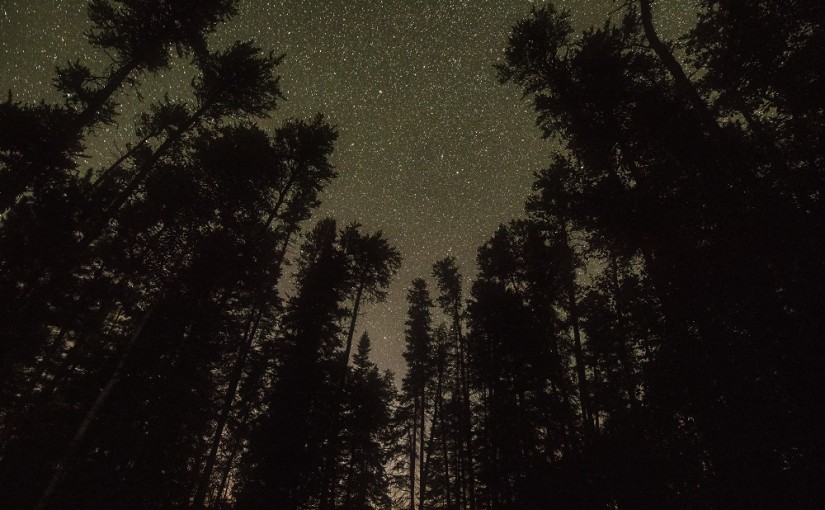Welcome to the Ontario Parks “Eyes on the Skies” series. This space (<– see what we did there?) will cover a wide range of astronomy topics with a focus on what can be seen from the pristine skies found in our provincial parks.
July has finally arrived. Summer is the perfect time to escape the noise, air, and light pollution of the larger urban areas and head to the peace and serenity of a provincial park.
July also hosts a number of beautiful constellations, full of interesting stories to tell.
Here are our astronomical highlights for July, 2023:
The sun
The Earth reaches its furthest point to the sun on July 5. This point is called “Aphelion” and is, on average, about five million kilometres further than when the Earth is at its closest point (“Perihelion”) in early January.

As described in our March edition, the reason that our summers are hot in spite of the distance to the sun has everything to do with the tilt of the Earth and not its distance.
Sunrise and sunset times
The late sunsets in July provide people with the opportunity to enjoy spectacular sunsets.
| July 1 | July 15 | July 31 | |
| Sunrise | 5:38 am | 5:49 am | 6:07 am |
| Midday | 1:30 pm | 1:32 pm | 1:32 pm |
| Sunset | 9:20 pm | 9:13 pm | 8:57 pm |
The moon
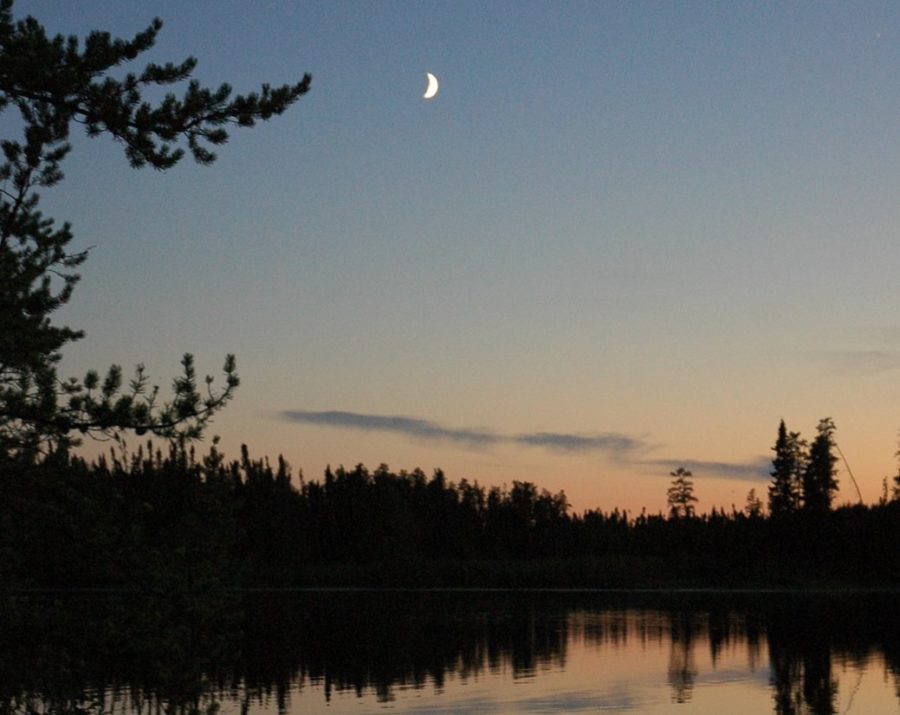
The moon has long captivated observers of all ages. July’s lunar phases of the moon occur as follows:
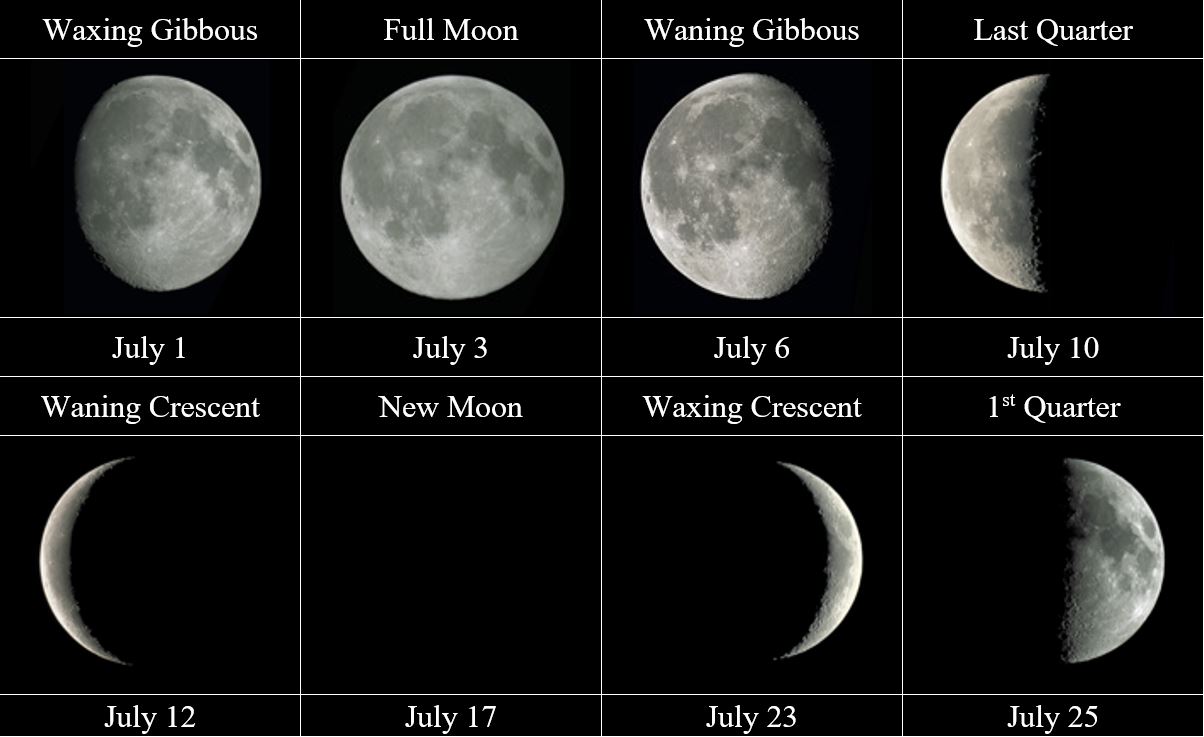
The planets
The planet Venus, that has so dazzled us over the past several months, is finally disapearing from view. By month’s ends, it will be largely obscured by the Sun’s glare, setting about 20 minutes afterwards.
With Venus all but gone from our evening view, we will have to wait until after 11:00 p.m. to see the next major planet – Saturn.
Meteor showers
July has 2 minor meteor showers, the Capricornids and the Delta Aquarids. Both of these showers provide only a few meteors per hour (for the Capircornids) to around 20/hour for the Delta Aquarids.
The Capriconids do not have a clear peak but, rather, rise and fall gently in terms of numbers of meteors per hour. The Delta Aquarids, on the other hand, have a noticeable peak around July 30 to July 31.
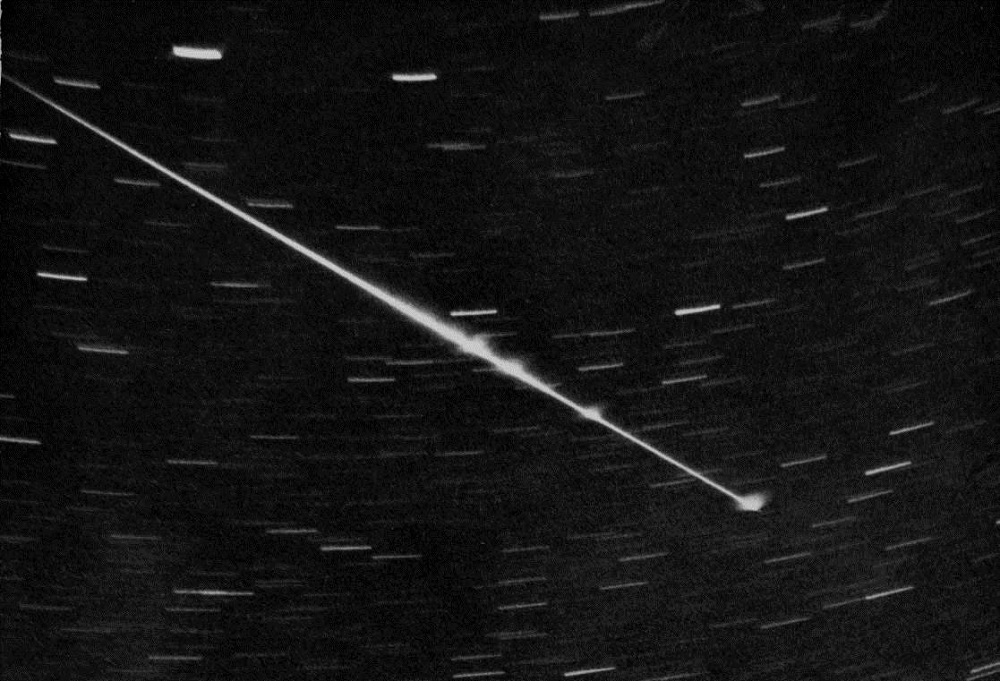
However, because the moon is nearly full at the end of July, meteors will be hard to see. The good news, however, is that the annual Persied meteor shower, falling nearly two weeks later, should be near new moon and will provide the viewer with many more meteors!
As always, the best way to prepare for a meteor shower is to:
- get lots of rest
- use sunglasses for at least three days prior to the shower (to maximize your eyes’ night vision capability)
- set up a lounge chair and a sleeping bag (use some sort of dew cover or your bag will end up quite wet)
- get lots of drink and munchies
… and, best of all, enjoy the experience with some good companionship.
A meteor shower occurs when the Earth enters the debris field of a comet that has long ago passed around the sun.
These bits of dust and grit, often no bigger than your thumbnail, enter the earth’s atmosphere and burn up high above the ground.
Learn more about summer meteor showers.
Featured constellations: the birds of summer
In this month’s featured constellations, we take a look at the Summer Triangle and the constellations of Lyra, Cygnus, Aquila, and Scorpius.
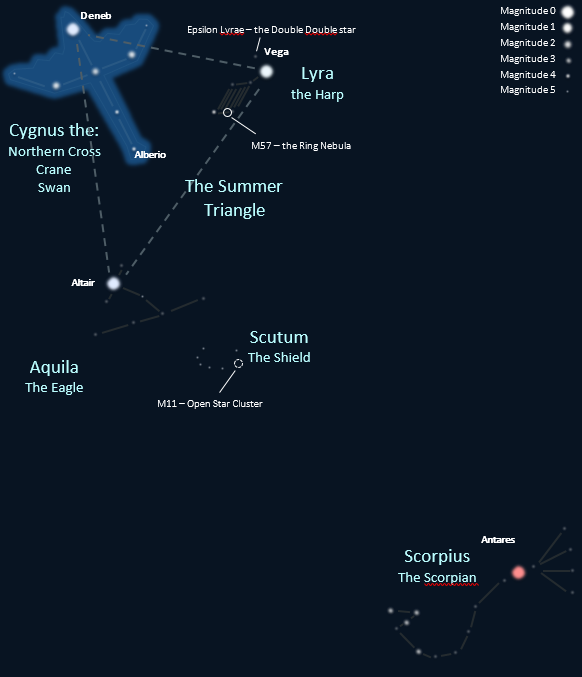
Learn more about these star stories here.
The Summer Triangle returns
July is also a great time to view the Summer Triangle and the constellations of stars and objects it encompasses. You can learn more about these stars and how to see them here.
This completes our review of the July skies…
Come back next month to learn more about our galaxy!
